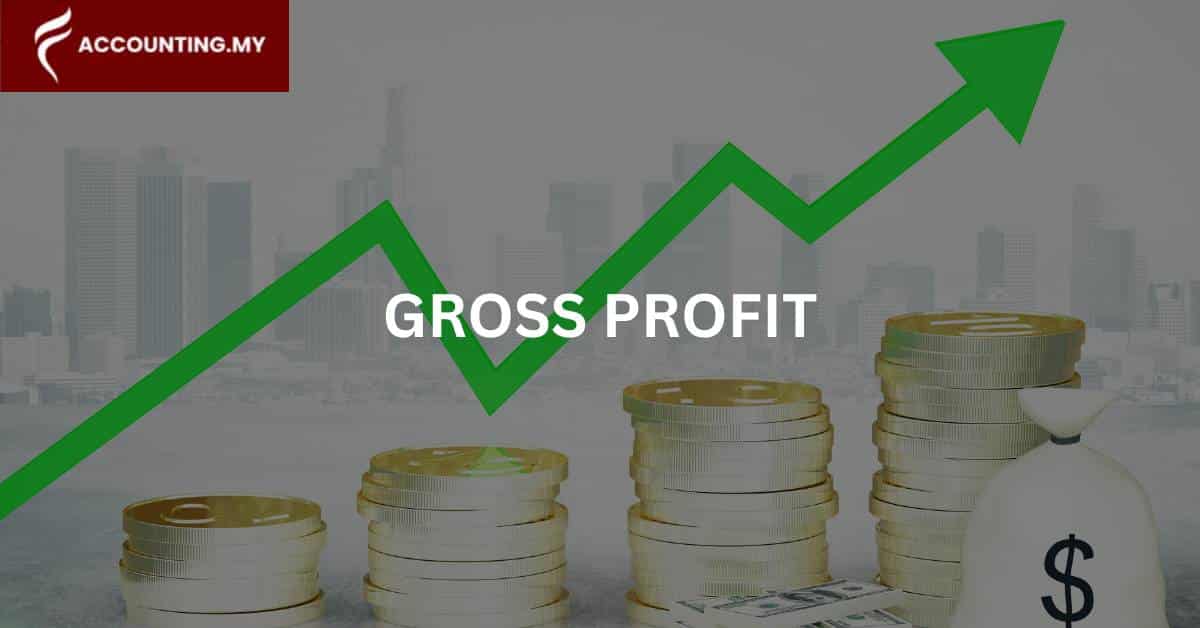Discussions around the possibility of Malaysia raising the retirement age from 60 to 65 are gaining momentum and whispers from the public.
Backed by government leaders and employer groups, the recent proposal by policymakers aims to align Malaysia with global longevity trends as life expectancy has increased and a downward trend of fertility across the world.
But for workers planning to retire soon, this raises a critical question: What happens to your personal finances, EPF and long-term retirement accounting?
This blog outlines everything you need to know about how this policy change could impact your EPF contributions, withdrawal rights, and long-term financial security.
Why Is Malaysia Considering Raising the Retirement Age?
Globally and locally, the longer life spans and shrinking retirement funds are driving the change.
- Malaysia’s average life expectancy has increased to 76.5 for men and 78.6 for women.
- The Ministry of Human Resources is exploring the increase to 65 to avoid retirement poverty.
- The September 2023 EPF reports that over 6.3 million members under 55 have less than RM10,000 saved.
- Employers and unions are split, with some youth groups concerned about job availability for the youth.
What Are the Current EPF Withdrawal Rules in 2025?
EPF access is milestone-based, not strictly retirement-linked.
Age | Access Type | Notes |
50 | Partial (Acc 2) | Up to 30% allowed |
55 | Full | Accounts 1 + 2 combined |
60 | Mandatory Full | Final withdrawal |
60+ | Optional | i-Saraan, re-employment, dividend continues |
- Dividends paid up to age 100
- Members can delay withdrawals to benefit from compounding
- No official change yet tying retirement age to EPF rules, but likely if 65 passes
How Will a 65 Retirement Age Affect Your EPF Savings?
The extra 5 years will naturally give you more time to grow your EPF, but you do need to change your planning.
- 5 more years of compounding interest if working until 65.
- An average 6% dividend could significantly boost the final amount.
- Delaying lump-sum withdrawals may avoid early depletion
“EPF states that 1 in 4 Malaysian will exhaust EPF savings 5 years post-retirement”
Scenario Example:
Retirement Age | Final EPF (Est.) | Years Savings Last |
60 | RM240,000 | 6–7 years |
65 | RM320,000 | 9–10 years |
Should You Consider PRS Alongside EPF?
While EPF remains Malaysia’s main retirement savings system, many Malaysians now pair it with a Private Retirement Scheme (PRS) for added flexibility and tax savings. PRS is a voluntary long-term savings plan that lets you invest in private retirement funds, on top of your EPF contributions.
Here’s why it matters if the retirement age shifts to 65:
- 5 more working years = 5 more years of PRS tax relief (up to RM3,000/year)
- Greater fund choice for higher growth potential vs EPF alone
- Flexible withdrawal options upon retirement, with no link to statutory age
Feature | EPF (Mandatory) | PRS (Voluntary) |
Tax Relief | None (on own contribution) | Up to RM3,000/year |
Fund Flexibility | Shariah or Conventional | Multiple private funds |
Withdrawal Age | 55 (full), 60 (compulsory) | Flexible, subject to terms |
Risk Level | Low-moderate | Moderate-high depending on fund |
Contribution Type | Employer/Employee | Self-funded or employer-sponsored |
How to Prepare Your EPF for a Longer Working Life
Whether you’re in your 30s or approaching 60, preparing early makes a big difference.
With discussions underway to raise Malaysia’s retirement age to 65, it’s time to rethink how we approach long-term financial planning. It doesn’t matter if you’re a salaried employee, freelancer, or business owner, here’s how you can make the most of your EPF over a longer career span:
Step 1: Track your EPF health regularly
Use the i-Akaun portal to monitor your Account 1 and Account 2 balances. Knowing your current standing helps set clear savings goals. Check in at least once every quarter (3 months) to stay informed.
Step 2: Increase your contributions strategically
If you’re self-employed or have additional income, voluntary contributions through i-Saraan can top up your EPF while earning government incentives. Even employed individuals can make additional top-ups beyond their employer deductions.
That side hustle you have? Set aside a portion of that income each month and channel it into your EPF via i-Saraan.
Step 3: Forecast your retirement needs
Use the Belanjawanku EPF Guide or EPF calculator to estimate how much you’ll need to retire comfortably. The benchmark ranges from:
- RM240,000 for basic living
- RM600,000+ for comfortable city retirement
- RM1.3 million for enhanced lifestyle goals
Of course this is just a guideline. Lifestyle, responsibility, debt and financial standing differ from individual. It’s best to be realistic and and ask yourself:
- Will you be living in a city or retire at a kampung?
- Do you plan to support dependents, such as ageing parents or children in university?
- Will your home be fully paid off, or will you still have a mortgage or rental?
- Do you anticipate higher medical costs like comorbidities, especially if you retire later?
Once you’ve answered these questions, refine your savings target accordingly. If RM600,000 sounds daunting now, don’t panic! The goal isn’t perfection, it’s progress. Every ringgit saved today reduces pressure tomorrow.
Step 4: Diversify within EPF funds
Explore options between Simpanan Shariah and Simpanan Konvensional. Younger members might opt for higher-growth Shariah, older contributors may prefer Konvensional for stability. Both earn dividends, but returns and risk tolerance vary.
Step 5: Consider a hybrid retirement strategy
EPF alone might not be enough for a 25–30 year retirement. Complement it with:
- PRS (Private Retirement Scheme) for long-term diversification + tax relief
- ASB/Unit Trusts for moderate growth outside EPF
- Rental income or low-maintenance investments for passive income
Step 6: Plan your withdrawal timeline early
Don’t wait until 55 or 60 to decide. Plan now:
- Will you need a lump sum or monthly withdrawals?
- Will you continue working part-time or full-time post-60?
- Do you intend to delay full withdrawal to maximise EPF’s compounding benefits
Once you are able to have a outline, you are able to plan accordingly.
Step 7: Review your plan annually
Major life changes like promotions, career shifts, health conditions, or economic changes, can affect your retirement trajectory. Adjust your EPF savings plan accordingly, and re-balance if needed.
If rainy days are ahead or the emergency fund jar needs to be shattered, take that into account.
As long as you are proactive in managing your funds, you will do just fine.
Conclusion on Retirement Age and EPF
The prospect of raising Malaysia’s retirement age to 65 offers Malaysians more time to grow their EPF savings and delay the risk of financial exhaustion, but as of now, this policy change remains a proposal.
We will wait and see how the Malaysian government proceeds with this potential shift in retirement age.
To stay ahead, make sure to explore complementary savings tools like PRS, understand your EPF withdrawal rights, and prepare your retirement plan for greater flexibility, whatever age you choose to retire.
It’s never too late to start your personal financial planning. As the saying goes:
“The best time to plant a tree was twenty years ago. The second best time is now.”
Frequently Asked Questions About Retirement Age
Yes, current rules still allow full withdrawal at 55. However, future reforms may align withdrawal age with retirement.
Monthly withdrawals help stretch your savings over a longer retirement period.
You can still contribute via i-Saraan or as an employee. Your EPF will continue earning dividends.
EPF dividends average around 5–6% annually and apply up to age 100.
Use the EPF calculator tool or retirement calculator. It helps you estimate monthly expenses and match your savings goal.
No. PRS is a supplement, not a replacement. It’s best used alongside EPF for added flexibility and tax benefits.















